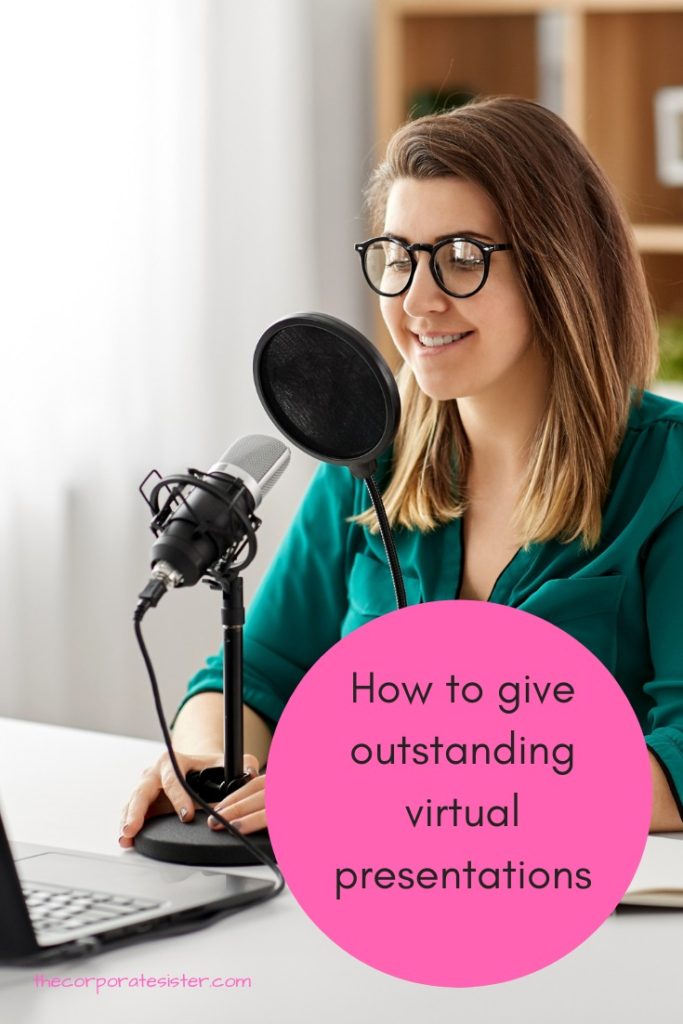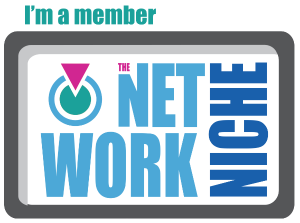In this new COVID-19 virtual era that our “new normal” is, giving virtual presentations, whether for an interview, or career or business-related, has become indispensable. However, mastering the art of giving effective virtual presentations can present a few challenges. Not being in the physical presence of others, lacking body language and facial cues, can make it cumbersome to deliver online when presenting information.
I know as an introvert myself, holding online presentations, especially while teaching, was quite intimidating at first. There is a lot more to take into account when delivering information virtually, from the technology to the attendees, while being deprived of the usual physical and facial signs we’re so accustomed to getting in “normal” circumstances. For me, it’s been a matter of re-learning to communicate in a different way, and adapting my personality, body and image to present valuable information in a way that remains authentic and practical for myself and others.

I first had to assess myself and identify my own fears or pre-conceptions around communicating virtually. Interestingly enough, many of these were rooted in my lack of familiarity and comfort with the appropriate technology to use. Once I was able to get a better handle on the technology, it became a bit easier. Then it became a matter of engaging my audience enough to have a conversation, instead of a boring monologue. This is where the human factor came in for me, and helped me take down some of the inherent communication barriers that come with anything virtual. Last but not least, creating a lasting impact was important for me, especially in a virtual world where things and people are forgotten so easily.
If you’ve been working on improving your virtual presentations, or feel frozen every time you have to get on Zoom, then here are a few tips that can help with giving outstanding virtual presentations:
- Preparation, preparation, preparation!
One valuable lesson I learnt about effective virtual presentations was to always come extra-prepared. There is much more of a lack of predictability online than in person, from the technology refusing to collaborate to attendees’ lack of participation. This means coming in a few minutes earlier to check that the tech side of things, from the wi-fi connection to the computers being sufficiently charged, is up to par. Having a back-up laptop or device, as well as a copy of your presentation, can also go a long way in case things go awry. Sending reminders to attendees can also prove helpful in ensuring the presentation stays top of mind for everyone involved.
Being mentally prepared is also an essential component here, from ensuring you have enough stamina to keep you going, to calming your nerves before (and during) the event.
- Engagement is key!
The key to a successful, and fulfilling virtual presentation, is engagement. That’s the human factor that can create a vacuum when lacking from interactions, even if they are online. Yet, a very real question remains: How do you engage an audience that you can see but are not in the presence of? This was stressful to me when I first started doing virtual presentations as a professor and speaker.
Creating engagement for me is a matter of maintaining a sense of conversation as opposed to running a one-sided monologue. This includes adopting a conversational tone, engaging in a back-and-forth with the audience through questions and activities, as well as encouraging and picking up on the questions and signs the audience is sending.
- Takeaways
Last but not least, offering take-aways is also key to an outstanding virtual presentation. It’s important to create a lasting impact through your presentation, which ups the human factor and helps in establishing lasting human connections, thus creating more of a sense of a natural as opposed to a virtual exchange.
This can be done by offering a downloadable document for attendees to take with them, or a potential follow-up event or meeting. The point here is to create a sense of continuity and connection that lasts even after the presentation is complete.
What tips would you add to this list?
The Corporate Sis.







